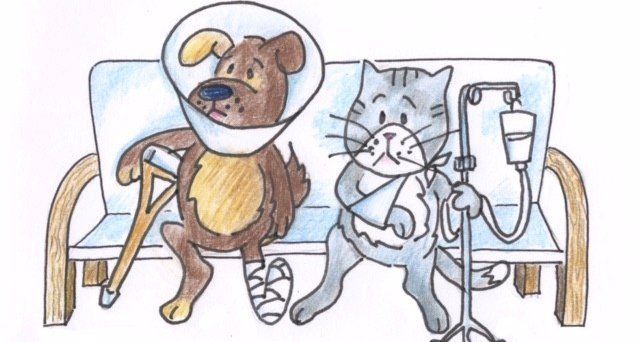2558 NIAGARA FALLS BOULEVARD • NIAGARA FALLS, NY 14304
GIVE US A CALL 716.731.8100
Visits By Appointment Only
PAIN MANAGEMENT
Stop The Suffering With Our Assistance!
Acute pain comes on suddenly as the result of injury, surgery, inflammation or infection.
Chronic pain, on the other hand, is long-lasting and gradually develops over time. Common sources include age-related disorders such as arthritis, along with more serious issues like cancer and bone disease. In many instances, chronic pain is difficult to handle since it may persist throughout the entire lifespan of your pet. Because it develops slowly, some animals may gradually learn to tolerate the pain and live with it. This makes the ailment far more difficult to detect.
How Do I Know If My Pet Is In Pain?
When we have pain, we complain. However, animals instinctually mask the pain, so we generally don’t hear a peep out of our pets. That is, until the pain is so bad they cannot hide it anymore. So how do you know when your pet is suffering?
Because our furry friends aren’t able to tell us when something is wrong, it’s important for you, the owner, to take note of any change in their behavior. Be sure to watch for any of the following indicators.
- Being unusually quiet, listless, restless, or unresponsive
- Whining, whimpering, howling, or constantly meowing
- Biting
- Constantly licking or chewing at a particular part of the body
- Acting funny and out of character, either aggressively or submissively
- Flattening ears against the head
- Having trouble sleeping or eating
- Seeking a lot more affection than usual
- Unable to get comfortable (constantly changes positions to find the most comfortable position)
Follow Us
Companion Care Animal Hospital
2558 Niagara Falls Boulevard
Niagara Falls, NY 14304
Serving Grand Island, North Tonawanda & Beyond

